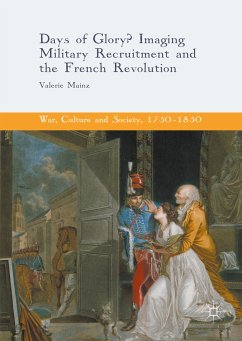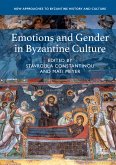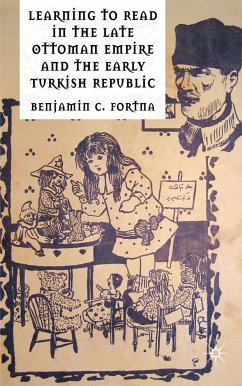Dieser Download kann aus rechtlichen Gründen nur mit Rechnungsadresse in A, B, BG, CY, CZ, D, DK, EW, E, FIN, F, GR, HR, H, IRL, I, LT, L, LR, M, NL, PL, P, R, S, SLO, SK ausgeliefert werden.
- Susanne Berger, The International Raoul Wallenberg Foundation
'A fascinating survey of the range of artistic responses to Wallenberg's story across five continents.'
Tim Cole, Journal of Jewish Identities
'Tanja Schult's A Hero's Many Faces is an ambitious study, impressively working to blend interpretive methodologies, cross disciplinary boundaries, and construct multitiered arguments that speak to several audiences at once...Very convincing as an art historical analysis of monumental sculptures and representations of memory by artists and political and cultural elites'
- J Franklin Williamson, University of North Carolina at Chapel Hill









